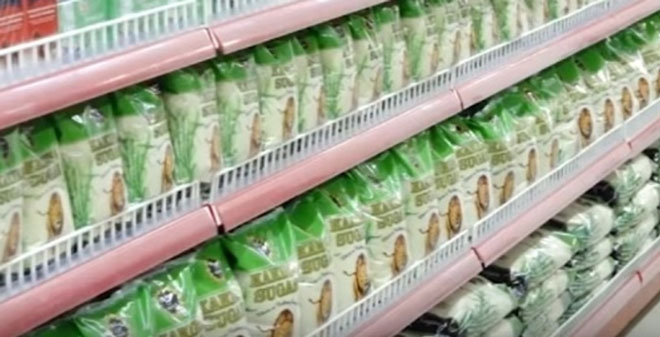
COMMENT: Uganda’s claim to have surplus sugar is mistaken and obscures a bigger regional problem
Uganda and Kenya are learning a bitter truth about ordinary added sugar used in homes, industries, and service facilities. Just six months ago in September 2016, the two countries were fighting a trade war over sugar. Uganda wanted to export sugar to Kenya because it claimed it had a surplus. Kenya blocked the export claiming Uganda was repacking third party to exploit regional trading agreements.
Now the two countries face a grim reality. One has run out of sugar, the other has sugar but is hurting from hiked retail prices.
On May 07 Kenya announced it was to import 100, 000 tonnes of sugar to counter biting shortage. At the time, a kilo of sugar was retailing at KShs350 (Approx. UShs13, 000). It was cheaper on the Uganda side (retailing at Shs7000 at Busia border) and Kenyans were smuggling it across. Before that it had been at Shs5000 on the Ugandan side and Kshs200 (Approx.Shs7000) across.
A similar scene was playing out on the Kenya-Tanzania border. Sugar was being bought in Tanzania for about Kshs100 and sold on the Kenyan side at KShs200. Tanzania produces 520 metric tons of sugar annually and has demand of 300 metric tons.
While the Tanzanian government, like Kenya, reacted by ordering the country’s sugar board to import sugar to cover the deficit, the minister of Trade in Uganda reacted by attempting to fix the price at Shs5000. Fixing the sugar price is anachronistic in the context of Uganda’s liberalised trading regime and it is not clear what law the minister would use to punish traders who offend her directive.
The Minister’s intervention could have been prompted by a perception that Uganda was not facing a sugar shortage but rather a speculative spike in the price of sugar driven by deliberately imposed local supply chain hurdles and external demand from the region.
This presents two immediate lessons for Uganda. One, that Uganda needs a long-term sugar strategy, and two, that it should be pushing for an integrated East African sugar strategy.
A regional strategy is critical because indications are that the current sugar crisis in Uganda is foreign induced; resulting from official and non-official export of the commodity to neighboring countries. While protectionist regulations and subsidy regimes are not uncommon in cross-border dealings in sugar, which is a very political commodity, EAC member states need a regional outlook.
In this context, Uganda’s Ministry of Trade claim that “Uganda has a sugar surplus” is fallacious. The reality is that Ugandans are consuming less sugar than they should – because they are poor and cannot afford it. They also cannot meet regional demand. The sugar situation in Uganda is likely to get direr as the population increases, becomes richer, and more added sugar consuming industries and services are opened locally and regionally.
Currently, each Ugandan on average consumes about 8kgs of sugar per year or 22 milligrams per day. That is too little because one teaspoon of sugar is 4000 milligrams and the recommended daily intake of added sugar is six teaspoons for women and nine for men.
Make no mistake; some Ugandans are obese from over-consumption of sugar. But the figures cited here simplistically take total sugar available and divide by total population. It follows that as Ugandans become richer, they will take more sugared tea, coffee, juice, bread, biscuits, cakes, and more and the so-called surplus will disappear.
 The Independent Uganda: You get the Truth we Pay the Price
The Independent Uganda: You get the Truth we Pay the Price



